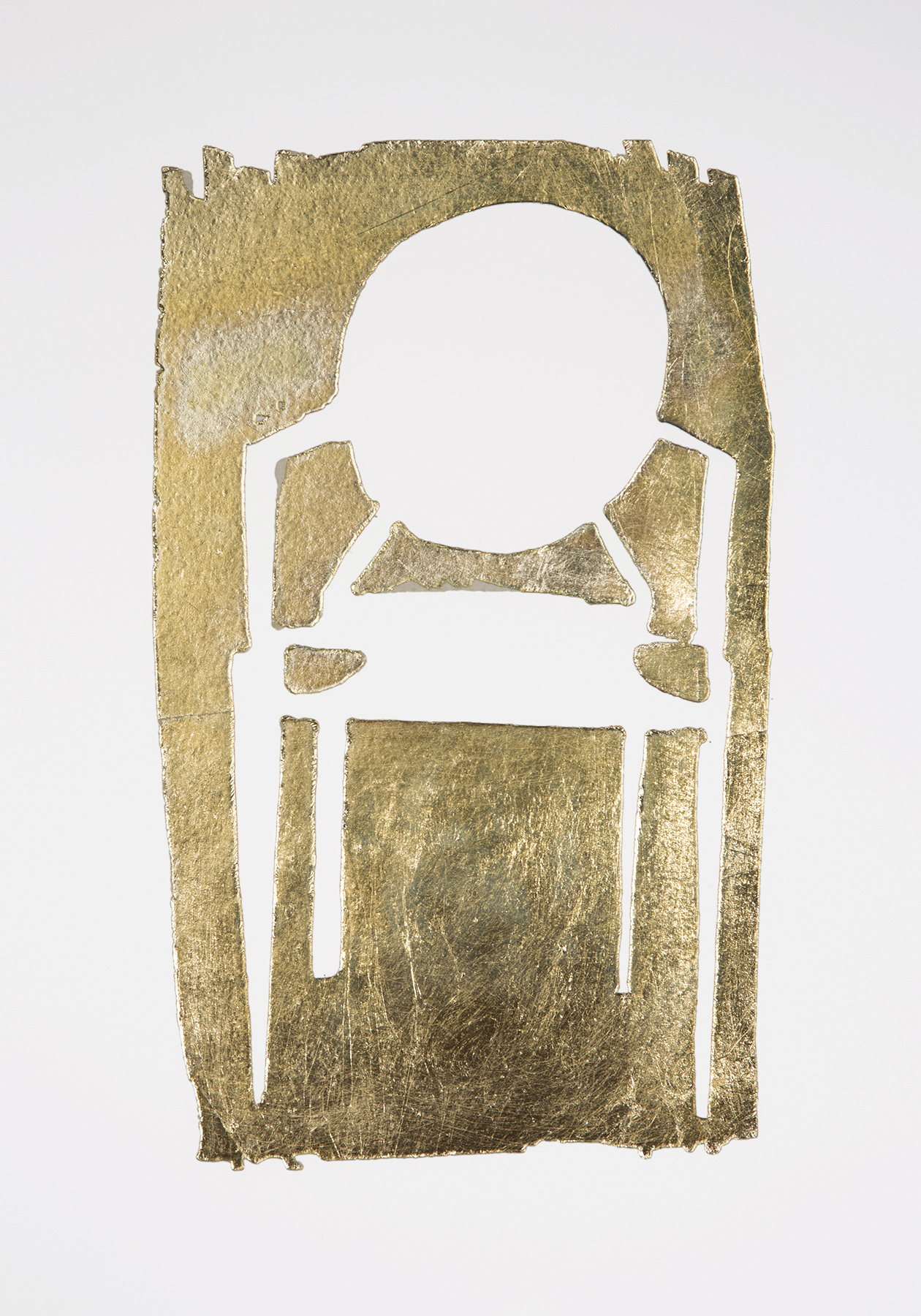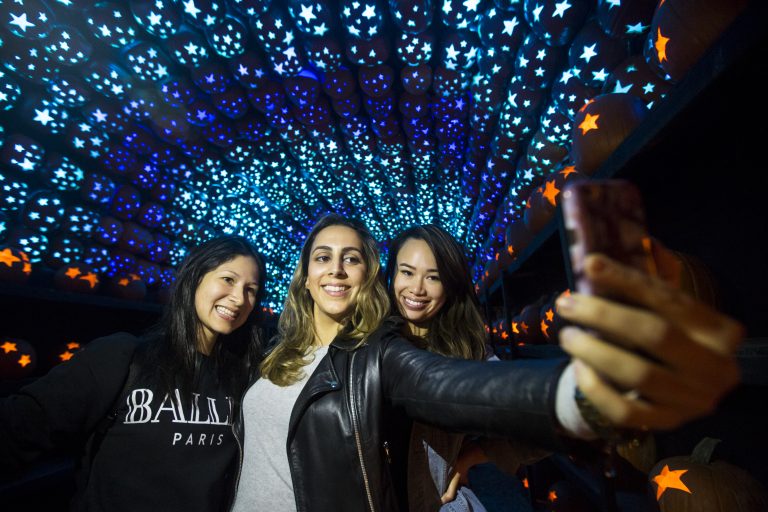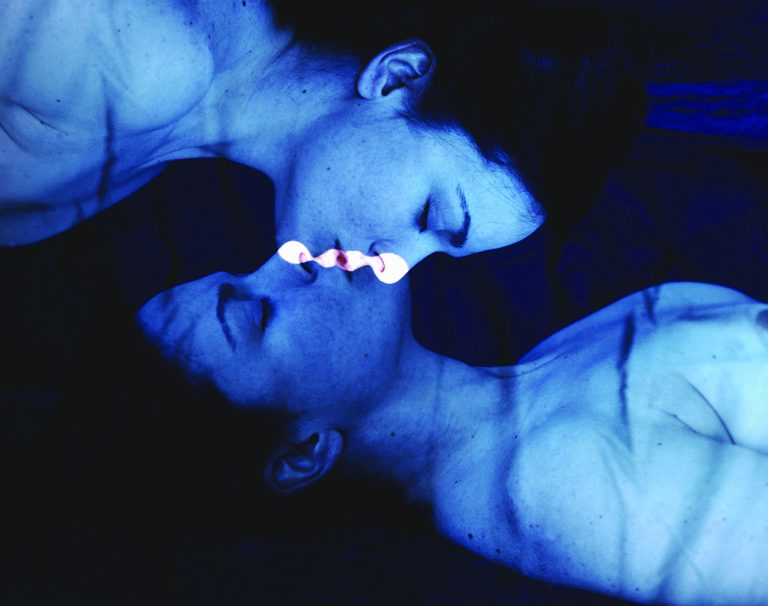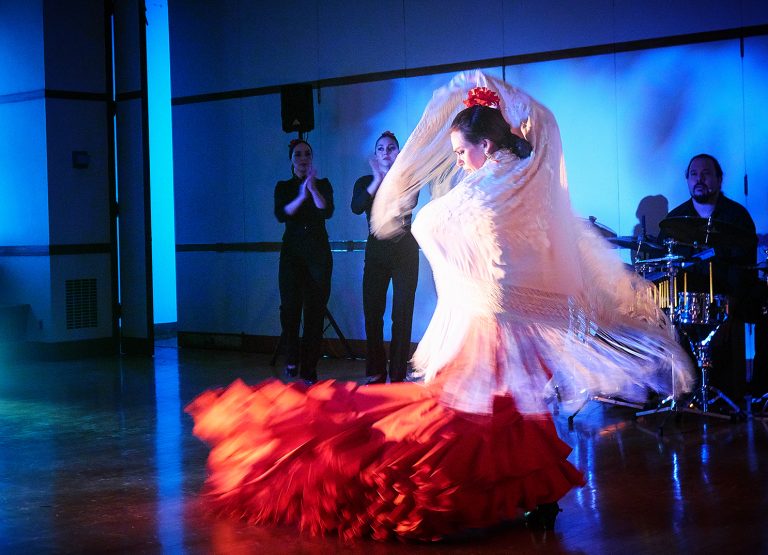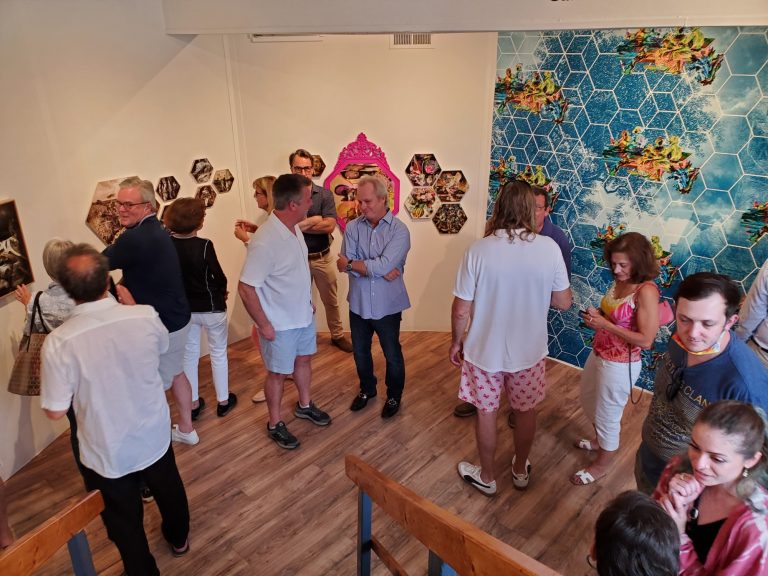National Poetry Month: Poetry Does Not Live in a Vacuum
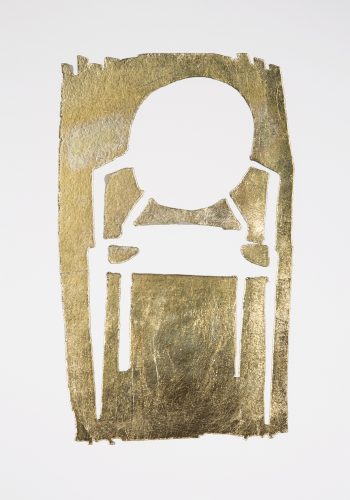
By April, the frost has melted, there are buds on the trees and Bethany Arts Community (BAC) is abuzz with poetry. The organization offers a full array of poetry-related programming this month. BAC’s Executive Director Abigail Lewis says: “We see poetry as a medium that helps to sustain us during these trying times. It can provide solace and a means of processing our emotions and experiences. It is a tool that helps us to understand each other in ways that are easily accessible to young and old alike.”
However, the poetry presented at the BAC this spring does not live in a vacuum. The programs all explore the literary art form alongside other art forms, such as illustration and photography. The in-person exhibit “Rochelle Udell to Pablo Neruda with Gratitude,” on view through April 28, is a prime example of this duality. Rochelle Udell is an Ossining-based artist and speaker whose exhibit will focus on all twenty-four of poet Pablo Neruda’s “Las Odas/The Odes” as well as the objects those poems highlight.
A Chilean poet and diplomat, Neruda’s odes to socks, a bar of soap, a bed, a cat (the list goes on) may read less strangely to some during these times in which gratitude for the little things has become a national mantra. Throughout the pandemic, many have gained an appreciation for the simple objects that have provided comfort in these uncertain times – or have even kept them company through various Zoom meetings, in their work-from-home desks and chairs. On April 6, Udelle will lead an artist talk via Zoom titled “Where Do You Sit in Life?,” which is inspired by Neruda’s “Ode to a Chair.”
Simultaneously on view is “Lado a Lado: Side by Side,” an exhibit of literature and art created through a partnership between BAC and Ossining Children’s Center.
Teaching artist and art historian Dr. Jill Keifer will lead an online talk, “Collaborations: Words & Images,” on April 9 via Zoom, which examines “significant collaborations between wordsmiths and painters—from medieval times to the present day.” For those who wish to dig deeper, Keifer will also teach a four-week virtual course on the topic. “When Arts Collide” focuses on four examples of how new experiences are born when art and literature collide. These examples include Sandro Botticelli: The Drawings for Dante’s Divine Comedy, Henri Matisse: Florilège Des Amours De Ronsard, Salvador Dali’s Alice in Wonderland Suite, and Matt Kish’s One Drawing for Every Page of Moby-Dick. All of these projects could be read as odes in themselves. Self-taught artist Matt Kish’s willingness to dedicate 18 months to creating 522 illustrations based on a line from each page of Melville’s classic novel shows that the inspiration between the two mediums goes both ways.

During an April 18 webinar, “An Interpretation of the Real: Poetry & Photography,” Westchester poet Iain Halley Pollock and photographer David Flores will confer with Rachel Eliza Griffiths and Marcus Jackson, both practicing poets and photographers, as they consider the intersection of poetry and photography and how one can inform the other.
After the discussion and a reading by Griffiths and Jackson, an additional workshop with Griffiths, Jackson and Pollock will use photographic images to help generate poems and/or poetic images. After writing for an hour, those participants will have the opportunity to share their work with the group.
Towards the end of the month, seven poets will flock to BAC’s scenic 25-acre campus for its first-ever poetry residency: Erika Meitner, Gemma Cooper-Novack, Jake Goldwasser, Nicole Callihan, Jason Schneiderman, Pichchenda Bao and Rachael Philipps Shapiro. Some of these poets have already begun planning events for the public. On April 28, Pichchenda Bao intends to lead an in-person workshop that “will explore the impulse to create and the ways in which we may recognize and not recognize poetry and art as such.”
Lewis says: “As a community organization, we are eager for members of the community to envision and create programs that take shape within our campus. National Poetry Month is a great example of how this can work.”
A version of this article first appeared in the April issue of ArtsNews, ArtsWestchester’s monthly publication. ArtsNews is distributed throughout Westchester County. A digital copy is also available at artsw.org/artsnews.

About ArtsWestchester
For more than 50 years, ArtsWestchester has been the community’s connection to the arts. Founded in 1965, it is the largest, private, not-for-profit arts council in New York State. Its mission is to provide leadership, vision, and support, to ensure the availability, accessibility, and diversity of the arts. ArtsWestchester provides programs and services that enrich the lives of everyone in Westchester County. ArtsWestchester helps fund concerts, exhibitions and plays through grants; brings artists into schools and community centers; advocates for the arts; and builds audiences through diverse marketing initiatives. In 1998, ArtsWestchester purchased the nine-story neo-classical bank building at 31 Mamaroneck Avenue which has since been transformed into a multi-use resource for artists, cultural organizations, and the community. A two-story gallery is located on the first floor of ArtsWestchester’s historic building on Mamaroneck Avenue.
For more than 50 years, ArtsWestchester has been the community’s connection to the arts. Founded in 1965, it is the largest, private, not-for-profit arts council in New York State. Its mission is to provide leadership, vision, and support, to ensure the availability, accessibility, and diversity of the arts. ArtsWestchester provides programs and services that enrich the lives of everyone in Westchester County. ArtsWestchester helps fund concerts, exhibitions and plays through grants; brings artists into schools and community centers; advocates for the arts; and builds audiences through diverse marketing initiatives. In 1998, ArtsWestchester purchased the nine-story neo-classical bank building at 31 Mamaroneck Avenue which has since been transformed into a multi-use resource for artists, cultural organizations, and the community. A two-story gallery is located on the first floor of ArtsWestchester’s historic building on Mamaroneck Avenue.

